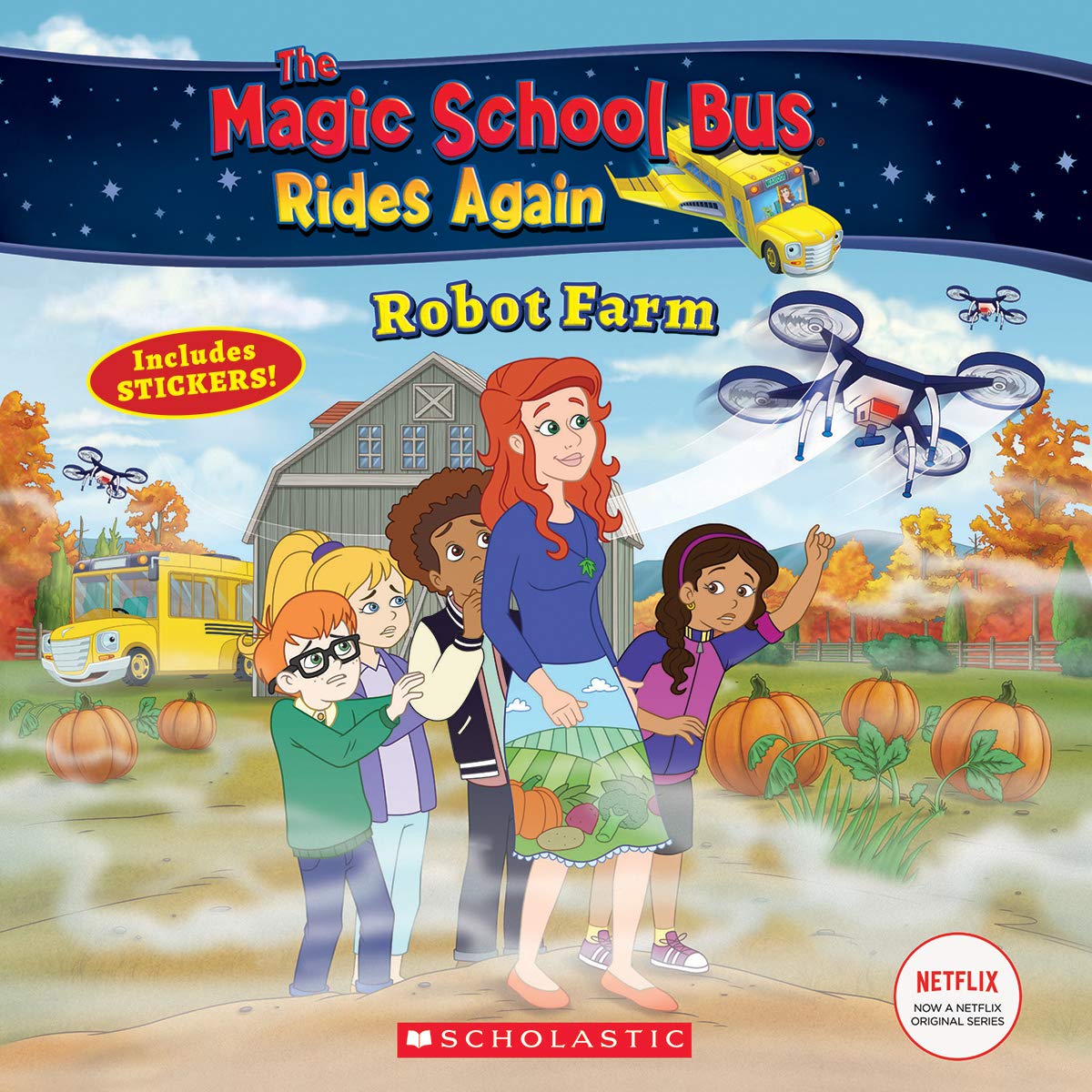High-Tech Farming (Grades 3-5)
Students discover technologies that are used on farms to increase efficiency and yields and decrease costs and environmental impact.

Background
Lesson Activities
Recommended Companion Resources
Credits
Author
Lynn Wallin | National Center for Agricultural Literacy (NCAL)
Acknowledgements
Horn Fly Photo Credit: Judy Gallagher
Sources
- Food and Farm Facts | American Farm Bureau Foundation for Agriculture
- World Population Prospects 2022: Summary of Results | United Nations Department of Economic and Social Affairs
- Solutions for Sustainable Agriculture and Food Systems | Sustainable Development Solutions Network
- Agriculture's Past, Present, and Future | John Deere Journal
- Agricultural Applications | GPS.gov
- How NASA and John Deere Helped Tractors Drive Themselves | NASA
- Automated Agriculture: Robots and the Future of Farming | The Automation Engineer
- Drones and Precision Agriculture: The Future of Farming | Microdrones
- Agriculture: Then and Now | CropLife International
Standards
National Content Area Standards
- Social Studies – History
- History Era 6 Standard 1C (Grade 5): Agriculture, mining, and ranching transformed.
- Objective 1: Explain how major geographical and technological influences, including hydraulic engineering and barbed wire, affected farming, mining, and ranching.
- NCSS 8 (Grades 3-5): Science, Technology, and Society
- Objective 2: How society often turns to science and technology to solve problems.
- Objective 4: The ways in which scientific findings and various forms of technology influence our daily lives.
- History Standard 8A (Grades 3-4): The development of technological innovations, the major scientists and inventors associated with them and their social and economic effects.
- Objective 4: Identify and describe various technological developments to control fire, water, wind, and soil, and to utilize natural resources such as trees, coal, oil, and gas in order to satisfy the basic human needs for food, water, clothing, and shelter.
- Objective 5: Identify and describe technological inventions and developments that evolved during the 19th century and the influence of these changes on the lives of the workers.
- Objective 6: Identify and describe the significant achievements of important scientists and inventors.
- History Era 6 Standard 1C (Grade 5): Agriculture, mining, and ranching transformed.
- Science
- 3-5-ETS1: Engineering Design
- 3-5-ETS1-1: Define a simple design problem reflecting a need or a want that includes specified criteria for success and constraints on materials, time, or cost.
- 3-5-ETS1-2: Generate and compare multiple possible solutions to a problem based on how well each is likely to meet the criteria and constraints of the problem.
- 3-5-ETS1: Engineering Design
 Robot Farm by Gabe Polt aloud to the class.
Robot Farm by Gabe Polt aloud to the class.